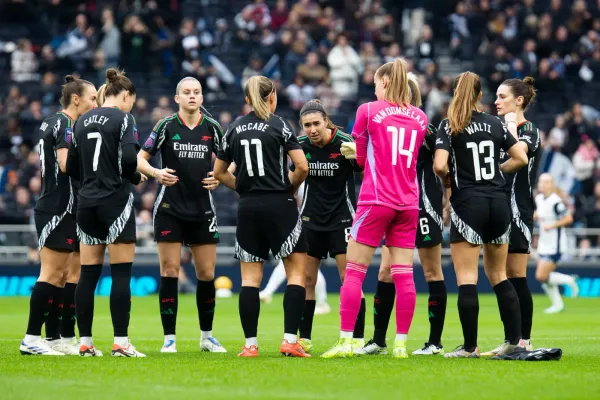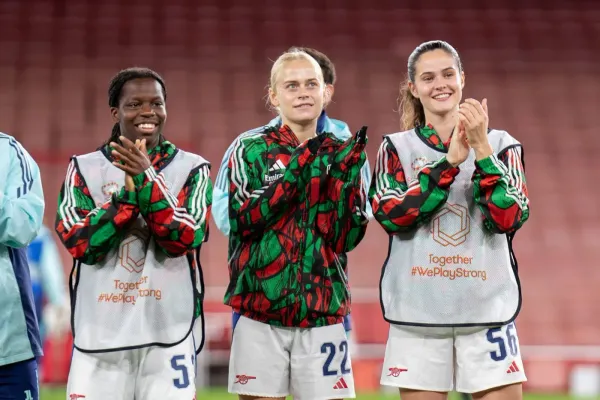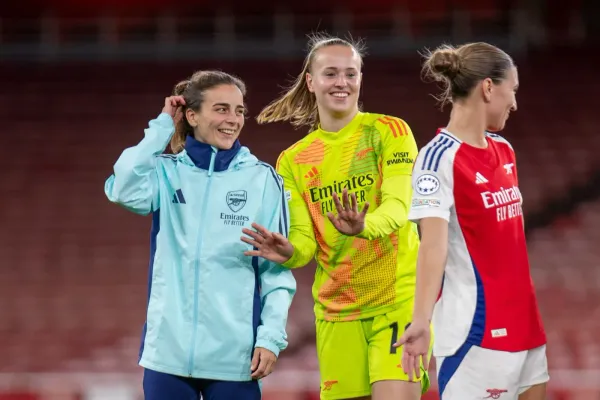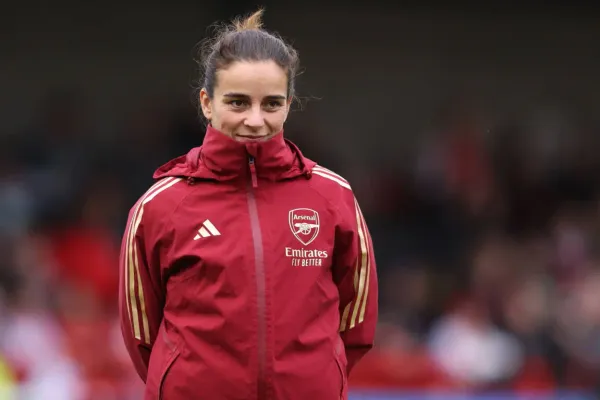Priorities
The immediate fixes for Arsenal Women’s next coach
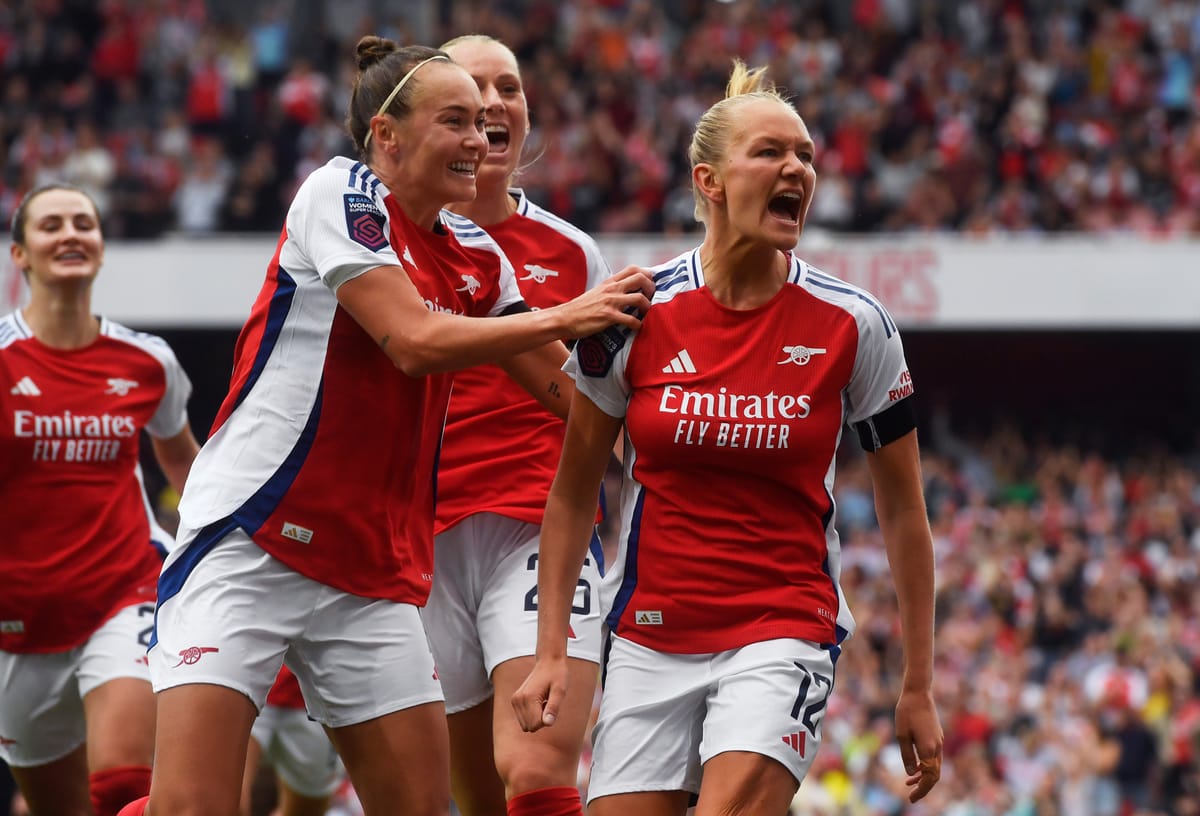
In my weekly Arseblog column last week, I covered some of the big picture elements of the job that awaits Jonas Eidevall’s permanent successor at Arsenal Women. This time around, I am going to tackle a couple of more immediate issues for the manager’s attention to be fixed pretty much straight away in the interests of rescuing elements of 2024/25.
Some of these issues may be solved in a more resounding way over the next year or two. However, there are some immediate fixes required. When Joe Montemurro came to the club in November 2017, he first concentrated on fixing a defence that had become a little leaky under Pedro Losa. He implemented some fundamental principles but focused on getting player confidence back by being harder to beat.
He moved Lisa Evans to right-back and having a very consistent selection of van Veenendaal in goal, Evans and McCabe at full-back and Quinn and Williamson at centre-half with Dominique Janssen ahead of them. On the week that Montemurro left the club, I interviewed him and talked a little about that time and he spoke about how he, eventually, wanted his defence to become more ambitious but prioritised stability when he first arrived mid-season.
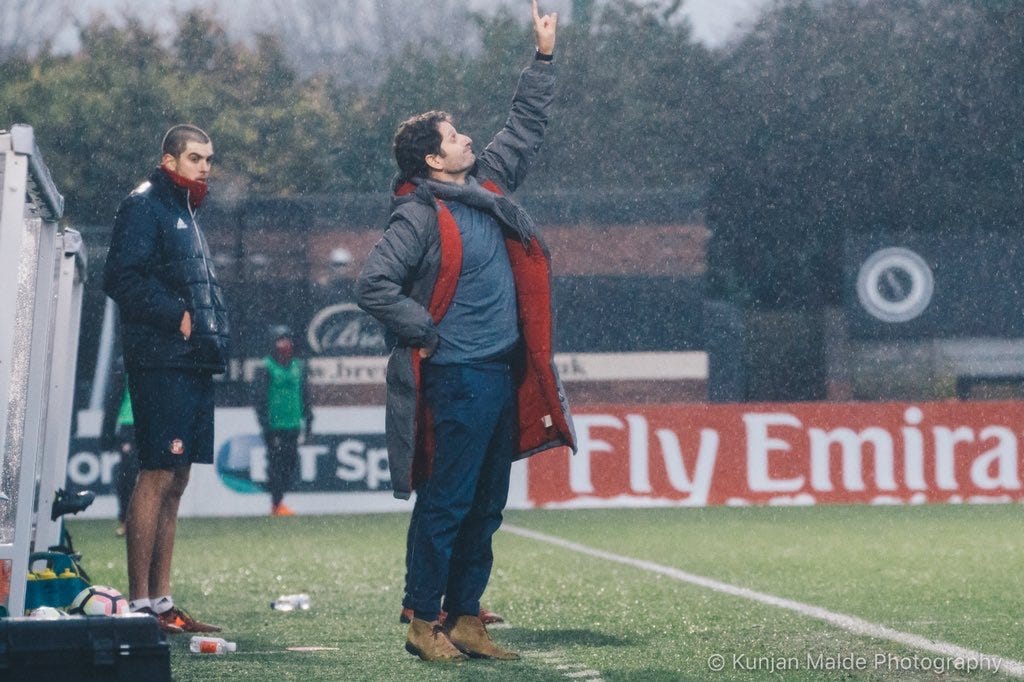
‘I wanted to bring greater clarity and get the players belief back and they started to believe in themselves and the project and we got the rewards…We were a little bit conservative back there and I knew I wanted them to be more proactive to play the style we wanted.’ The new manager will experience something similar, they might have to put long-term ambitions on hold to, as Montemurro termed it, ‘get the players belief back.’ Here are some immediate post-it notes for the new coach.
Finding Mariona
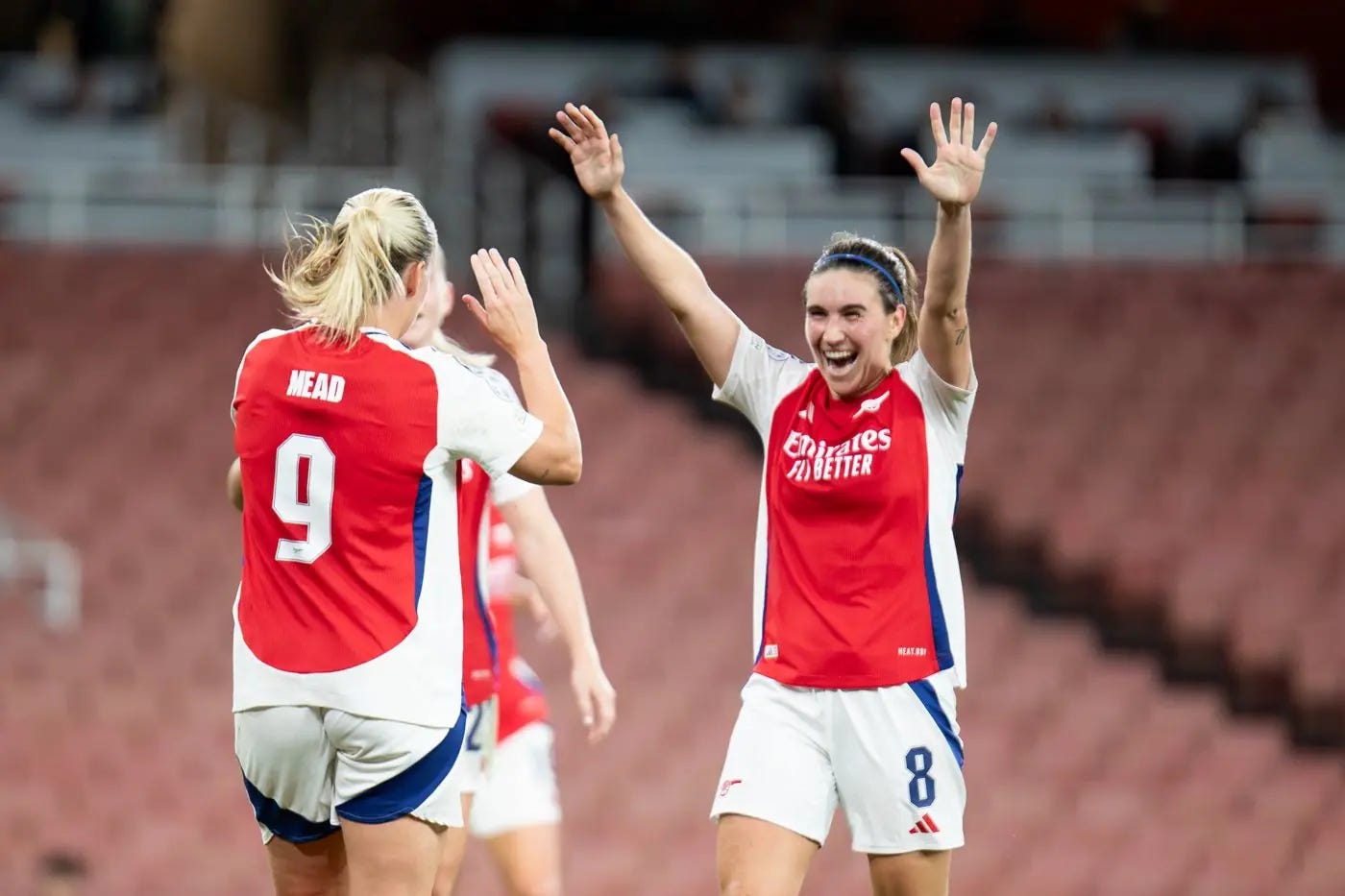
Arsenal added Mariona Caldentey from Barcelona this summer and her individual quality means that she has played reasonably well. But Mariona Caldentey is capable of a lot more than ‘reasonably well.’ Arsenal still haven’t found a proper space for the Spaniard as part of the collective unit.
It actually reminds me a little of Chelsea signing Pernille Harder, who is so talented that she was no kind of liability for the Blues (very far from it) but she always felt like the junior act in the Kerr, Kirby, Harder frontline. Kerrby is where the chemistry was and Harder felt more like a strong individual playing alongside an outstanding partnership.
In September, I asked Jonas Eidevall whether he signed Mariona because he wanted to break with his usual structure and play a wide playmaker or because Mariona was available and he wanted to buy her and then work out how to fit her into the team afterwards (which is still a justifiable course of action so long as you’re successful!)
‘That is a very good question, now it is just a question of how honest I am going to be!’ Eidevall joked. ‘It is a combination, when we look at recruitment, we start with ‘what do we need?’ And then building a squad for the future. There is never going to be an exact carbon copy of all the different qualities you start looking for, maybe you find players who give you even more in other areas that you didn’t think was possible.
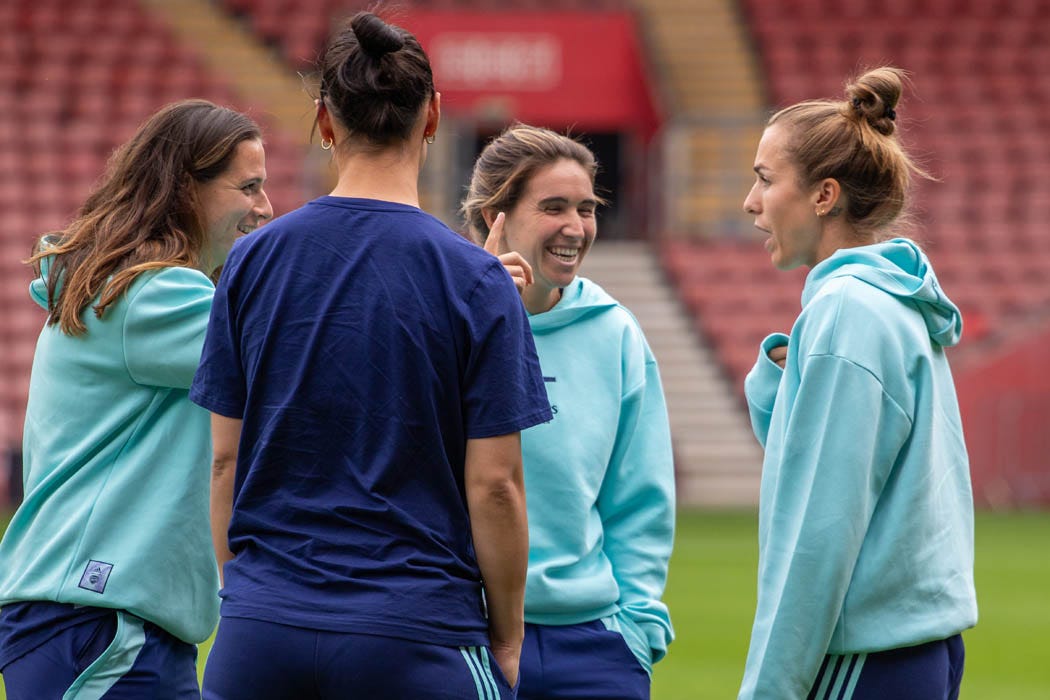
‘When a player like that becomes available and there becomes a clear possibility that we can get her to Arsenal, then we think about it the other way. So we say ‘ok, she gives us this, how do we get the best out of her?’ So we cannot think we only recruit someone who fits within a box and that is why the question was so good. The thought process now goes ‘I get something I want but now I have to give something in other areas, so we can fit the player as well as possible.’
Ultimately, I think the answer to that question was that Mariona became available and she is so good that Arsenal opted to get her but they still haven’t really figured out how she fits in within the collective. There is a question over whether you want Mead and Mariona both looking to come inside from wide positions or whether you ask Beth to stay a little wider.
After the Chelsea defeat, Art de Roche from The Athletic asked Eidevall about playing Mariona on the right, the left and in the centre in the space of seven days and whether that was to do with the opponent or with him still searching for that chemistry with the player.
‘It is a combination of all those things, it is a mixture,’ was the answer and it spoke to the fact that Arsenal just don’t quite know yet. The new manager needs to find a convincing home for Mariona alongside the other attackers so that her performances are not solely down to her individual skill but because she and the team interrelate and make one another excel.
Goals
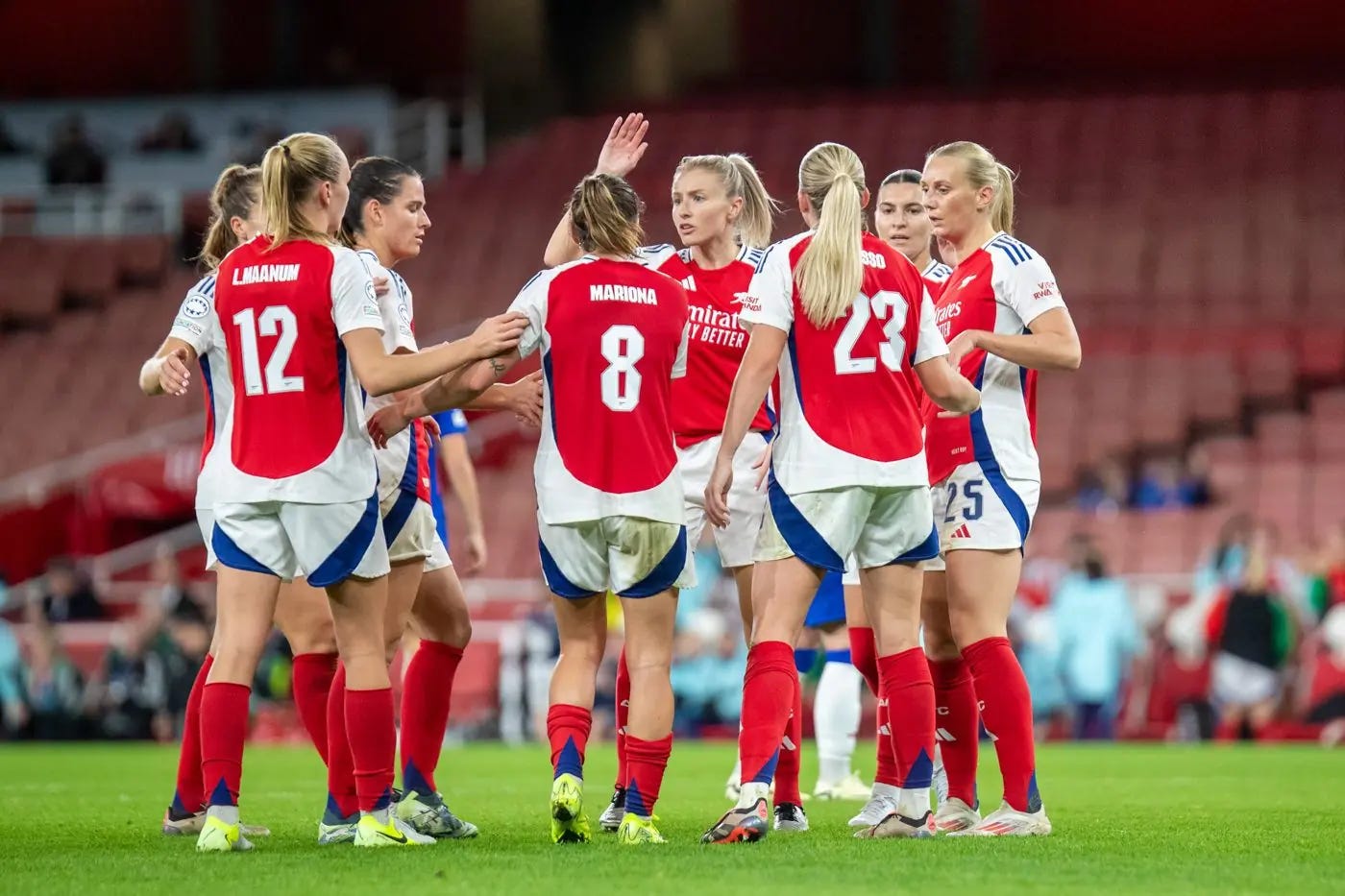
Related slightly to the point about integrating Mariona fully is a wider question about the attack. Arsenal scored 18 fewer goals than champions Chelsea last season. Currently they trail Chelsea’s tally by nine goals so far this season having played a game more (and Sam Kerr is injured). The absolute number one priority has to be for Arsenal to generate greater threat.
Maximising Russo and Blackstenius is a part of that, while it felt like Eidevall could eke the best from the latter he didn’t quite manage it from the former in a scoring sense. Can somebody finally really nail the number 10 position (Kafaji? Mariona? Maanum? Russo?) and become a regular supplier of end product from there?
Bar Maanum’s run in the second half of the 2022-23 season, nobody has really made that role their own and it is not a position from which Arsenal score enough. Can they get the attacking unit to be, at least, the sum of its parts? Can the new manager help to improve the pretty paltry return on setpieces over the last 18 months? Maybe one of the midfield double pivot can crash the penalty area occasionally and cause some chaos?
The Gooner’s Freddie Cardy asked West Ham boss Rehanne Skinner about Arsenal’s approach on Sunday. ‘We watched them on Wednesday night and I’ve known those players for a long time, so I know what to expect from them in general as individuals. They very rarely stray from their shape.’
Maybe Arsenal can switch things up a little with more runs from deep and a little more flexibility for the attacking players to express themselves and cause some confusion in opposing defences? Whatever the avenue, the new coach is going to have to beat the path to a much better goal return pretty quickly.
Identify who is not going to fit and handle with care
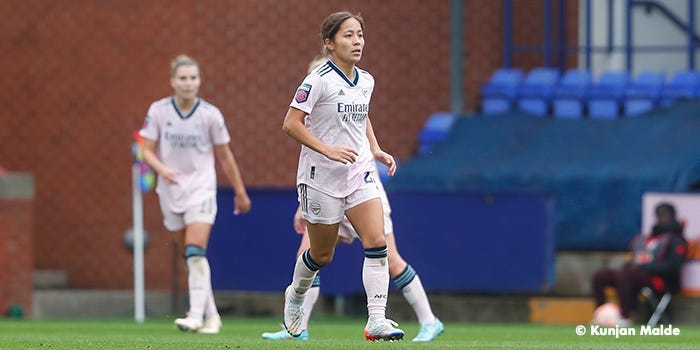
A stone cold reality of managerial change is that some of these players are not going to fit the new coach’s vision. Dominique Janssen was an excellent player for Arsenal in defensive midfield but Montemurro wanted Lia Walti for that role so Janssen left. Likewise, Sari van Veenendaal was a firm favourite as number one goalkeeper, but Montemurro preferred Pauline Peyraud-Magnin and then Zinsberger and that was that.
When Eidevall arrived, Jordan Nobbs, Nikita Parris and Mana Iwabuchi were clearly players he felt he could not optimise in his high pressing, physical brand of football. Arsenal don’t have any bad players but they do have players who will fall by the wayside in the next year or so, that is just a reality of bringing in a new coach.
Given that the players clearly stopped connecting with the style Eidevall was asking them to play in (or else they struggled to understand what was required of them) Arsenal probably do need a coach who is going to offer something different stylistically. That means members of this squad, all of whom were either bought or renewed by Eidevall, probably aren’t going to fit the next coach’s vision.
The key is going to be not totally ostracising those players for the remainder of this campaign, finding roles for them they can do and not making them feel as though their future is inevitable, even if it is. Again, Montemurro handled this reasonably well, players like Emma Mitchell and Louise Quinn were eventually moved on as he remoulded the defence but both players had a role to play prior to their departures.
This requires delicate handling because the new coach will need players this season that may not have a future beyond that, or else there may be a ‘pin in them’ for future summers as their vision takes shape and a few transfer windows pass. Managing evolution without it becoming a bloody revolution is a difficult task, one Arsenal failed badly when Shelley Kerr took the reins in 2013 and lots of senior players left at once.
Part of the reason Pedro Losa lost the dressing room was because many considered his treatment of Emma Byrne and Casey Stoney overlay harsh once he deemed them surplus to requirements. A firm but delicate touch is required for the mid-season manager because you can’t swing an axe in November.

